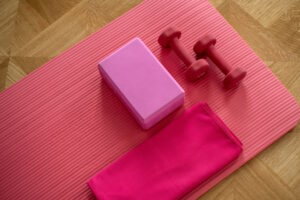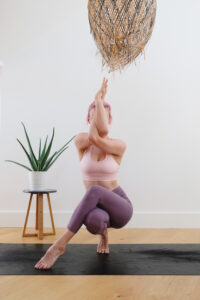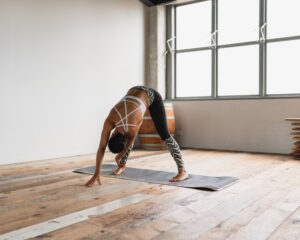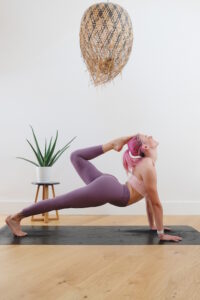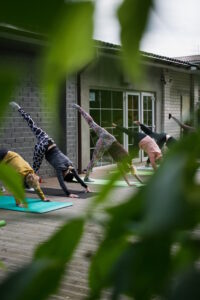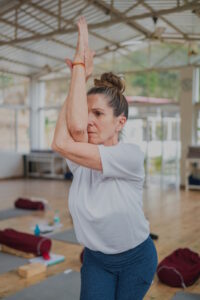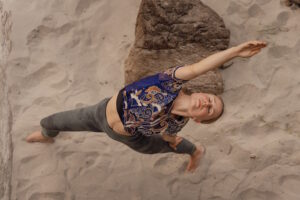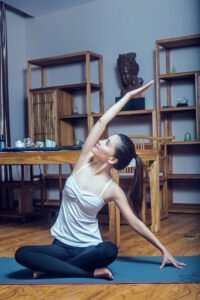
Good posture and proper alignment are crucial for maintaining a healthy and balanced body. Poor posture can lead to various musculoskeletal issues and discomfort. Pilates, with its emphasis on core strength, flexibility, and body awareness, offers effective exercises to improve posture and alignment. In this article, we will explore the benefits of Pilates for posture improvement and alignment, discuss methods to enhance posture and alignment, examine how Pilates can help realign the body, and address its impact on spine alignment.
Can Pilates improve your posture?
Absolutely! Pilates is renowned for its ability to improve posture by targeting the deep core muscles that support the spine, promoting proper alignment, and enhancing overall body awareness. Pilates exercises focus on strengthening the muscles that contribute to good posture, such as the deep abdominals, back extensors, and postural muscles in the shoulders and hips. By developing a strong core and better alignment, Pilates can help alleviate postural imbalances and promote an upright posture.
How can I improve my posture and alignment?
Improving posture and alignment involves a combination of exercises, awareness, and mindful movement. Here are some methods to enhance your posture and alignment:
1. Core strengthening: A strong core is essential for good posture. Pilates exercises, such as abdominal curls, spinal articulation, and the Pilates plank, target the deep core muscles, helping to stabilize and support the spine.
2. Stretching and flexibility: Tight muscles can contribute to poor posture. Incorporate stretching exercises, such as chest stretches, hip openers, and upper back stretches, to release tension and improve flexibility.
3. Body awareness: Developing body awareness is key to improving posture and alignment. Practice mindfulness during daily activities, such as sitting, standing, and walking. Pay attention to your alignment, engage your core, and make adjustments as needed.
4. Postural exercises: Perform exercises that specifically target postural muscles. Examples include shoulder rolls, scapular retractions, and exercises that strengthen the muscles of the upper back.
5. Ergonomics: Consider your work environment and daily habits. Ensure your workspace is ergonomically designed, with proper chair height, desk position, and computer screen alignment. Be mindful of your posture during activities like driving and using electronic devices.
Does Pilates realign your body?
Yes, Pilates can help realign the body by addressing imbalances and promoting proper alignment. Through specific exercises that focus on core strength, flexibility, and body awareness, Pilates helps improve muscle imbalances, correct postural deviations, and restore balance and alignment to the body. By strengthening weak muscles, lengthening tight muscles, and promoting overall body symmetry, Pilates facilitates a more aligned and balanced body.
Does Pilates help with spine alignment?
Yes, Pilates is particularly beneficial for spine alignment. The emphasis on core strength and spinal mobility in Pilates exercises helps improve the alignment and stability of the spine. Exercises such as spinal articulation, cat-cow stretches, and spinal twists promote spinal flexibility, strengthen the supporting muscles, and encourage proper alignment of the vertebrae. By working on the deep core muscles that surround the spine, Pilates helps support and align the spine, leading to improved posture and reduced strain on the back.
In summary, Pilates offers effective exercises and principles that can significantly improve posture and alignment. By focusing on core strength, flexibility, body awareness, and addressing imbalances, Pilates helps promote proper alignment, realign the body, and enhance spine alignment. Incorporating Pilates into your routine and applying mindful movement and postural awareness can lead to improved posture, reduced discomfort, and a more balanced and aligned body.
